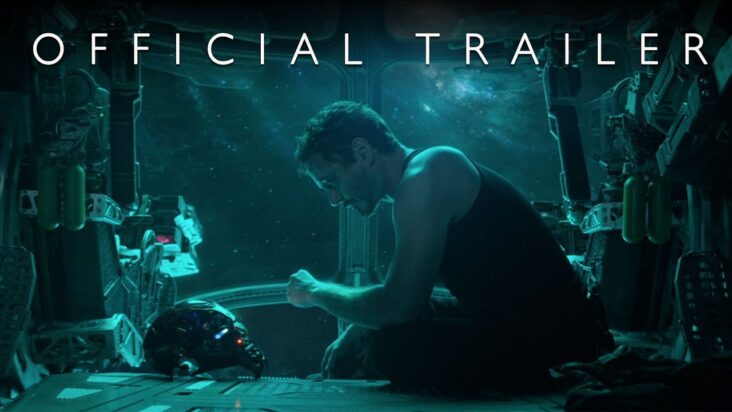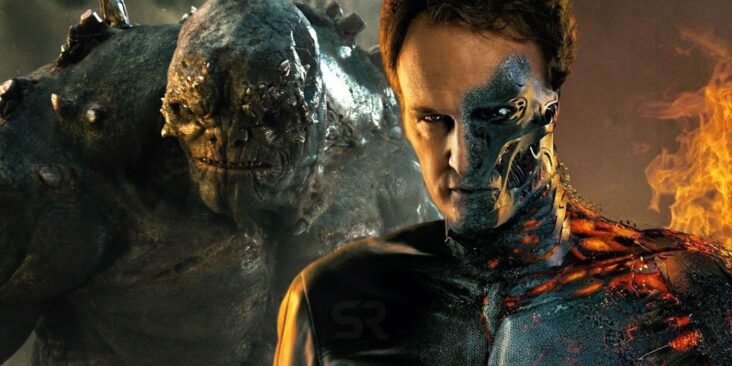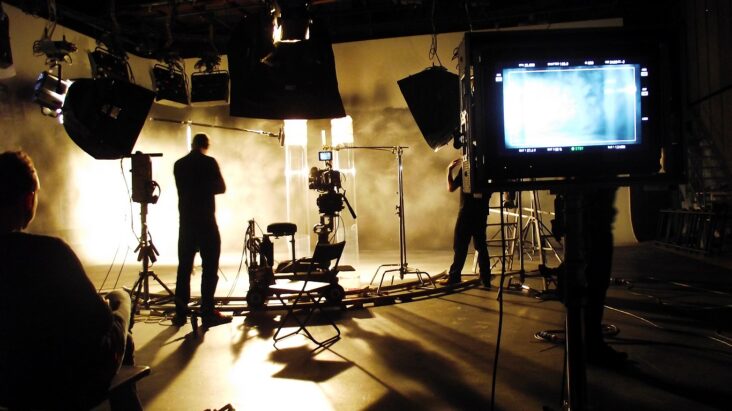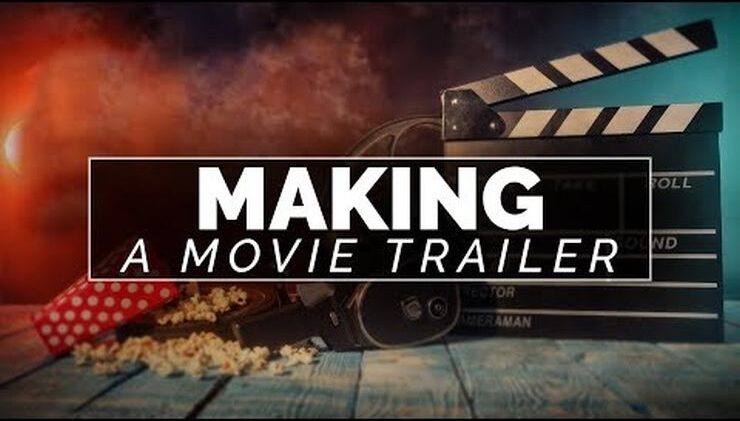For an upcoming feature film, a movie trailer is considered an advertisement designed to draw viewers and create enthusiasm for the film. Without exposing spoilers, a trailer gives a glimpse of a film’s plot, revealing the film’s artistic talent (lead actors along with the director, writers, or producers), which includes the release date.
Trailers earned their name because they were initially shown in movie theatres after films finished. Eventually, motion picture studios discovered viewers frequently left the cinema without seeing the previews, so they wanted to make the previews precede the movies to guarantee the public viewed them. Today, trailers are often referred to as “previews” or “attractions.”
Typically, film previews planned for theatrical release run from one and a half to two and a half minutes. To hype the main trailer’s anticipation, teaser trailers are released early and are normally about one minute long. They generally do not reveal any plot detail and frequently skip original film footage because post-production has not yet been completed for the movie. Trailers for television (also known as TV spots) are much shorter, running between 15 and 60 seconds.
Importance of movie trailers

Source:moviebabble.com
Film previews used to be targeted at regular cinema-goers only. However, they are now the medium for the audience to find out about the movie’s release, cast, and genre. Trailers are now shared on the digital media, and many content creators also make reaction videos specific to the trailers. All these ultimately help towards promoting the movie and helps the news penetrate deeper into the market.
Creating an eye-catching trailer is considered an art. The plot, genre, and the mood of the film have to be conveyed in less than three minutes. This is widely regarded as the thumb-rule of trailer-making.
The sign of a good trailer is its ability to garner the viewer’s attention and ensure that they are left wanting for more. The plot of the movie must be clear, and the suspense should be teased cleverly. This is generally challenging, so follow the given tips to make trailer-making easier:
1. Consider it a story
A trailer is played as a showreel of the movie’s best moments. Therefore, every trailer’s main constituents remain the same- storyline, music, cast appearance, and suspense. Make sure not to get lost while trying to cover all the points. The primary aim should be to create an abridged version of the movie, which does not give away spoilers.
A trailer has a three-act structure, which begins by setting up the characters and scenarios. After the climax event, drive into the second act and demonstrate the battle that the characters will go through before culminating in a third climate act where you hint at the motivation.

Source:screenrant.com
2. Break the movie into parts
Breaking an extended piece into parts for creating a trailer is a wise move. Collect the full movie’s building blocks and piece them together like a jigsaw for a short version. The pieces must be important parts of the film, which define the plot in less time.
It is useful to create storyboards of your scenes while assembling your trailer’s layout to direct you through the edit if you do it right here. Be sure that everything about the trailer acts to complement rather than fight the mood of the film. You certainly don’t want an edit every 12 frames if you’re cutting for a gritty character drama. Maintaining the same tone as the movie is very important.
3. Avoid spoilers
Every trailer provides some spoilers, but for a lot of people, bringing in all the final act of the film would just ruin the movie. It’s essential to strike a compromise between the plot being shared without revealing precisely what happens to everybody so that there are no surprises. You don’t want to make viewers believe like they’ve watched the entire movie already.
Try to send the main characters a moment in the trailer that distinguishes them. Giving the characters a little time to shine through their performances would allow the viewer to relate with them.
4. Choose the right music
Music is very crucial for any trailer’s success. In every good trailer, multiple tracks complement the shifts in the sound or mood. This technique is important to avoid making the trailer monotonous.
Using well-chosen songs will elevate the quality of the trailer. For instance, a light-hearted pop song is used in trailers of rom-coms, while thrillers have a suspenseful score, which heightens as the trailer progresses. For dramas, the trailer’s third act finale also involves a dominant orchestral piece over a montage of dramatic scenes.
To avoid making new music for the trailer, people often use the movie scores or pick up some music from stock libraries.
5. Use the right techniques

Source:dailytimes.ng
To liven up the scene, incorporate sound effects, use shortcuts to show action, monitor the tempo by fading in and out of scenes, and match music signals to particular moments. These skills are used by expert trailer-makers and can be found as evidence in the trailer of every great movie.
Since film trailers are so truncated compared to the actual film, voice-over and on-screen text may help illustrate the exposure required. You can either compose and capture fresh voice-over dialogue or take dialogue spoken in the movie and repurpose it as a voice-over for the trailer. Using video editing tool will help make an attractive and effective trailer for all genres and audiences.
The above points will prove helpful for anybody looking to direct a movie or teaser. It is advised to reference movies belonging to the same genre and draw inspiration from their excellence. Soon, you’ll be able to make great trailers and not just good ones.






